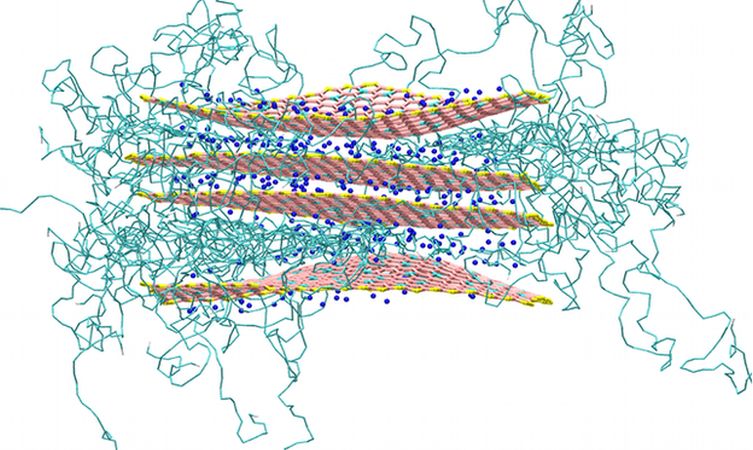Composite materials – in other words, products made from a combination of two or more materials with different properties – are widely used throughout the car manufacturing industry.
But while we generally associate composites with high-cost materials such as carbon fibre, they can be readily found in most modern cars and many other areas of industry. And that is largely as a result of Toyota’s pioneering research and development work within a new sector of this field – nanocomposites.
Nanocomposites are similar to composites in that they are made from multiple materials. But whereas we can often see constituents of the latter, such as individual threads of carbon fibre woven together, the former is modified at a nanometric level, a range between micro and molecular dimensions equivalent to billionths of a metre.
Though the theory of nanocomposite construction was devised in 1950, very little commercial activity came as a result. In fact, it wasn’t until Toyota Central Research Development Laboratories filed its own patent for a nanocomposite system in 1988 that the specific method of creating this material became clearer. After extensive testing of different materials and proportions, Toyota’s patent asserted that the mechanical properties of a polymer could be most effectively improved by stacking nano-scale sheets of a silicate between the molecules of the primary polymer.

Image: James Suter, from BBC News article: Clay composites modelled in ‘virtual lab’
Interestingly, this nanotechnology ‘sandwich’ is also observed in natural materials like bone and mother-of-pearl, whereby the minuscule quantity yet relatively large surface area of reinforcing nano-material has a substantial effect on the properties of the finished composite.
The material Toyota developed was a nanoclay-polyamide that it called Nylon-6, which used exfoliated sheets of synthetic clay approximately five atoms thick between layers of nylon polymer base material. When compared to neat nylon, Toyota discovered that its nanocomposite of 95 percent nylon and five percent clay offered significantly higher tensile strength and resistance to heat distortion.
Following this development, Toyota launched its first nanocomposite product in 1993 in the form of a timing belt cover for the Toyota Camry. This was followed from 2001 with larger applications such as bumpers, body panels and fuel tanks, while the technology has now expanded to reduce the rolling resistance of tyres, as well as provide ultra-hard protective coatings for paintwork, windscreen glass and headlamps.
What’s more, Toyota’s work in revealing the possibilities of nanocomposites has helped to increase the variety of base materials that can be improved through nano technology. Applications outside of the automotive industry have now improved the output of batteries, reduced the healing time for broken bones, and made aeronautical products with incredible strength-to-weight ratios.
Learn more: How scientists are predicting the properties of clay composites




